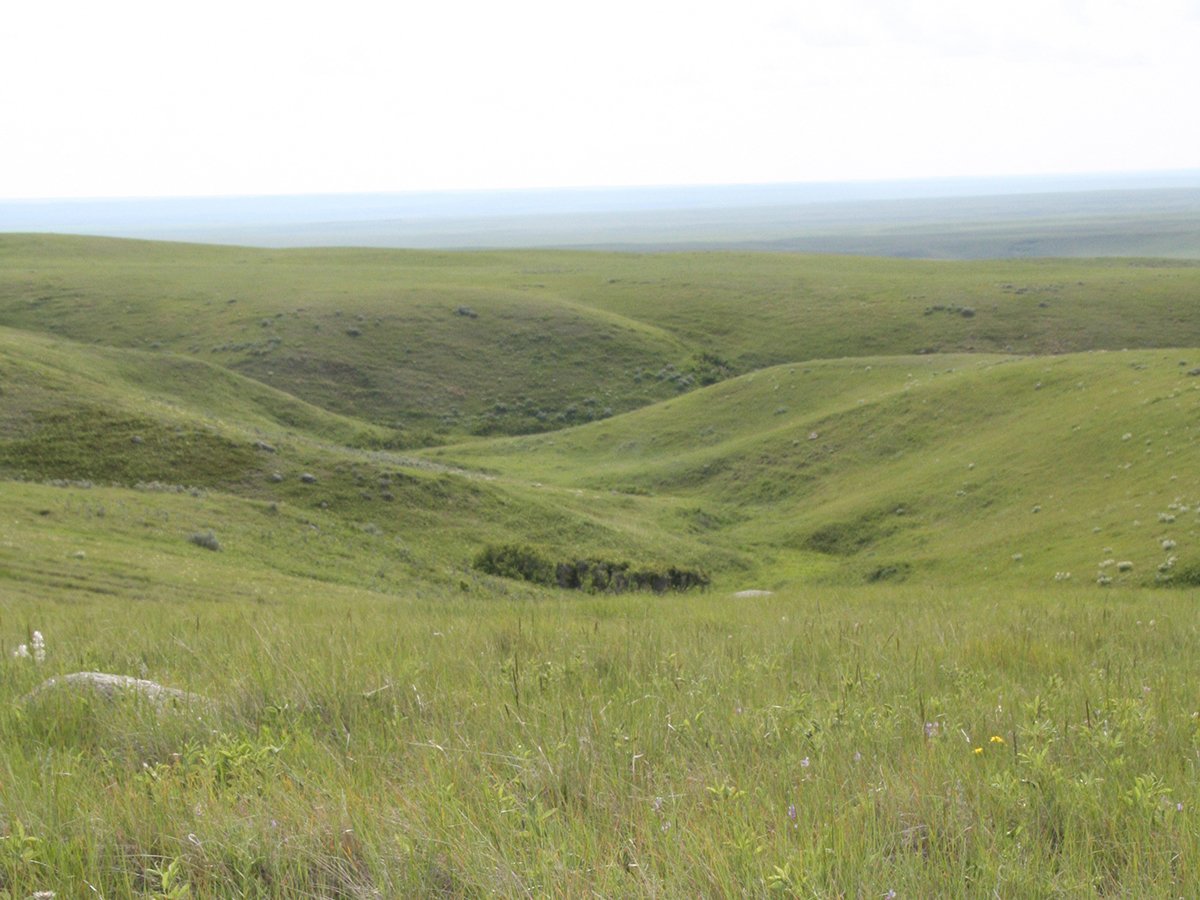Seven-way or eight-way clostridial vaccines considered producers’ best options when controlling this family of diseases
Blackleg, redwater, malignant edema and several types of clostridium perfringens can affect calves, which is why most ranchers vaccinate with a seven-way or eight-way clostridial vaccine.
“This is probably the most widely used vaccine. If people don’t vaccinate against these diseases, eventually they will lose cattle,” says Dr. John Campbell of the Western College of Veterinary Medicine in Saskatoon.
“Blackleg is probably the most prevalent. The spores of these bacteria are everywhere. There are certain locations where redwater is common, though it generally affects adult cattle rather than calves,” he said.
Read Also

Alberta irrigation project on grasslands approved
Environmental concerns raised by Alberta conservation groups over irrigation expansion project within rural municipality
In regions where liver flukes are common, vaccinations may be required twice a year because flukes damage the liver and allow infection to enter. However, cattle are usually adults by the time that happens.
“Blackleg and malignant edema are very similar and we see these quite often unless cattle are vaccinated,” says Campbell. “Tetanus is also a clostridial disease that we sometimes see in cattle. There is an eight-way vaccine here in Canada that includes tetanus. Most clostridial vaccines don’t include tetanus, so you have to check.”
Campbell says tetanus can occur in bull calves that are banded at weaning or upon entering a feedlot. Banding is often used on older animals rather than removal of the testes by knife.
“All clostridial organisms thrive in an environment without oxygen. The clamp/band against the testicles provides a perfect place for these bacteria to grow. We’ve seen people band calves and get away without using tetanus vaccine, and suddenly one year they have a large number of banded cattle develop tetanus a few weeks later,” he said.
Clostridial diseases are caused by spore-forming bacteria that can live a long time in the environment. They exist in soil and feces so cattle are constantly exposed.
“Most clostridial diseases occur most often in young cattle,” said Campbell.
Older animals may have developed some resistance.
“The vaccines are very effective. They’ve been in use for many years and have dramatically cut down the incidence of these diseases. I still see some cases, on farms where people tried to save money and didn’t vaccinate. The disaster that can happen, especially with blackleg, can be tremendous. One farmer lost half his calf crop to blackleg, dying at pasture,” said Campbell.
Clostridial diseases act swiftly and result in sudden death. Finding an animal in early stages of disease is rare because of that speed.
“Many of the ones we looked at that died from blackleg had infection around the lining of the heart. These animals have heart lesions as well as muscle lesions,” says Campbell.
“This can be a devastating disease. It’s a very inexpensive vaccine, so it pays to vaccinate. One challenge nowadays for people who are calving on pasture later in the year is that they have to round up the calves at some point to vaccinate and make sure they get their first clostridial vaccine.
“In the traditional setting, where ranchers calve in March, they gather and vaccinate cattle before they are turned out to summer pasture. It is more challenging for people who calve later, out on summer pasture, if they want to vaccinate those calves at one or two months of age,” he says.
Cattle on pasture also may not be checked as often so a problem may only be recognized once several animals are dead.
Clostridium perfringens is often deadly for young calves.
“This is tougher to diagnose because there are many clostridial organisms living harmlessly in the gut. Under normal conditions they don’t cause disease,” says Campbell.
“Clostridium perfringens can also proliferate after death, so it can be difficult to determine whether this was the organism that caused the illness and death.”
Types B and C can cause enteritis and diarrhea in calves less than a month old, he added. The bacteria release highly lethal toxins and cause severe intestinal damage.
If a particular herd has problems with Clostridium perfringens in calves, the cows can be vaccinated before calving so offspring acquire protection via antibodies in colostrum.
Very young calves can also be vaccinated, since maternal antibodies don’t seem to interfere as much with the calf’s ability to mount its own immune response.
Clostridial vaccines are toxoids, which counter the toxins produced by clostridia rather than the bacteria themselves. They are very effective compared to many other types of vaccines.
“It is an irritating vaccine, however, so you want to give it under the skin and not into the muscle,” Campbell said.

















